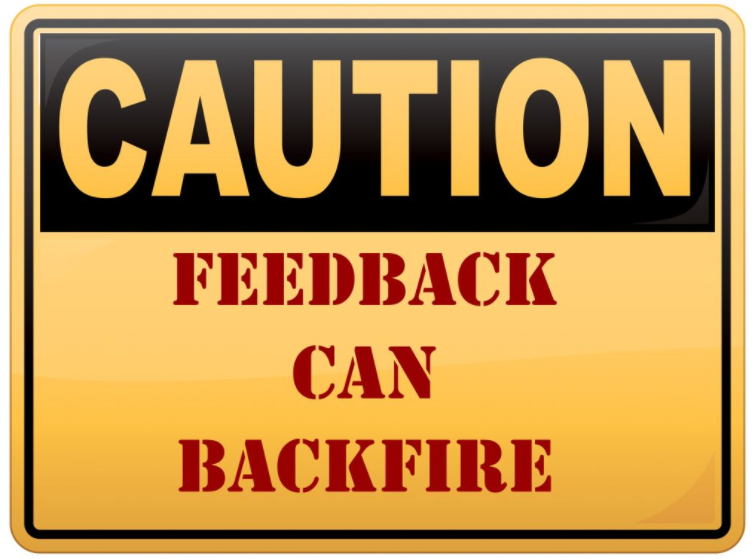As a facilitator in experiential training and organizational development for over twenty years, I have the great fortune of meeting a diverse pool of professionals, managers, and leaders from a variety of successful businesses.
My training endeavors have provided me with partnerships with state governors and their cabinets, Fortune 500 company staff, and smaller non-profit businesses; all embarking on experiential training as a vehicle to improve their skills, learn from mistakes made, and optimize their successes.
From short 2 hour “hands-on” learning seminars to week-long expeditions which include mountaineering and rock climbing, the beauty of experiential training lies in the concrete ability to witness and reinforce effective behaviors, to identify needed behaviors and skills for improvement, and to provide immediate and direct feedback to trainees. All within a setting of what is happening NOW.
Get a FREE online assessment TODAY a $2,500 value
In this 20+ year journey with experiential training, I regularly witness a common thread among these varied constituents. My observation is that many people struggle to communicate directly with each other. I believe that effective communication skills are essential for optimizing success at work (and home).
At OWLS, we work with each company to determine their goals for training. Often, this includes enhancing communication skills. For this discussion, I am going to focus on the skill of giving and receiving feedback. On many of our programs, we provide the opportunity for the participant to assume a leadership role. The “leader” evaluates his or her own performance following a problem-solving activity and then elicits direct feedback from their team members. This gives the entire team the opportunity to practice direct communication skills which are sometimes avoided in the workplace. The team can also strategize how to bring this important skill into more effective use back on the job.
“Feedback matters. The only way for people to get better at what they do is for the people they work for to provide candid, timely performance evaluation. In today’s environment, you have to evaluate what’s changing and what’s staying the same, what’s working, and what’s no longer working” (Douglas Stone & Sheila Heen Thanks For The feedback 2014 Penguin Books New York Times Best Seller). Makes these points:
- Feedback is not about forms
- Feedback delayed is feedback denied
- Feedback is where you find it
- Giving people a raise is not the same as giving them feedback
- Always get feedback on your feedback
Basic guidelines for giving feedback include: (McGill and Beatty, Action learning: A practitioner’s guide, London, Logan Page, 1994, p 159-163):
- Be clear about what you want to say
- Emphasize the positive
- Be specific, use concrete examples
- Focus on behavior rather than the person
- Refer to behavior that can be changed
- Own the feedback – use “I” statements
- Avoid generalizations – avoid “always,” “never,” etc.
- Be careful with advise, they may not hear it anyway
On receiving feedback (Human Resources at MIT):
- If you’re not being offered enough feedback, ask for it!
- Four reasons to get feedback
For motivation and focus
Keep moving in the right direction
Improve your performance
Extend responsibilities - Take an inventory of your personal and professional goals
- Listen
- Feedback is a two-way street, participate!
In an experiential training setting, feedback skills can be taught, practiced, and then linked back to the work environment. Giving and receiving feedback involves a degree of risk and vulnerability. The “safe” environment of these off-site trainings, including in-depth “debriefs” of each activity, allows for news ways of thinking about work and planning for implementation of new skills specific to each work setting.
I hope you’ll join us on an OWLS corporate learning adventure!
Get a FREE online assessment TODAY a $2,500 value
Elizabeth (Betsy) J. Webb, LCSW, LLC, has been involved in experiential training since 1985 and is an OWLS Senior Facilitator

